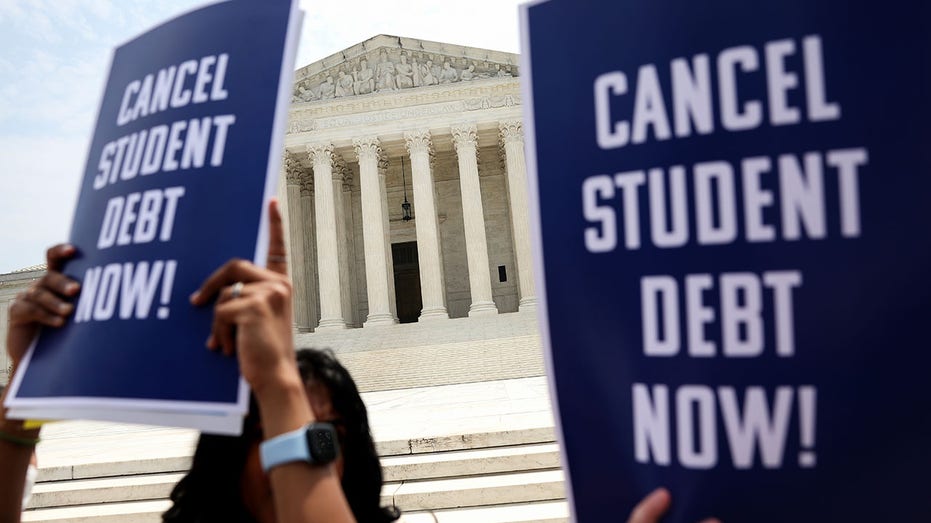A 100-point drop in a credit score can be “absolutely catastrophic.”
It can also take years to recover from, according to LendingTree chief credit analyst Matt Schulz.
The Federal Reserve Bank of New York reported last week that millions of student loan borrowers saw substantial declines in their credit standing because of missing a payment, hurting their chances of qualifying for new auto, mortgage and credit cards.
Specifically, 2.2 million student loan borrowers, who became newly delinquent in the first quarter of 2025, saw their credit scores drop by more than 100 points. More than 1 million saw drops of at least 150 points, according to the report.
Schulz said recovering from a hit like this is “going to be a marathon rather than a sprint.”
STUDENT LOAN BORROWERS IN DEFAULT BEGIN FACING DEBT COLLECTIONS
More than half of the newly delinquent borrowers already had subprime credit scores, meaning the delinquencies are unlikely to significantly impact their access to credit since they were unlikely to be approved for new credit anyway.
However, many borrowers with credit scores above 620, who may have previously qualified for auto loans, mortgages or credit cards, will now face higher borrowing costs or even be denied new credit altogether.
Student loan payments were paused at the start of the pandemic to ease financial strain on borrowers. That pause ended in September 2023, but a one-year “on-ramp” period was introduced to prevent missed payments from being reported to credit bureaus. The on-ramp expired in October 2024, and as a result, delinquencies began appearing on credit reports for the first time in the first quarter of 2025.
HERE’S WHY THE AVERAGE US CREDIT SCORE IS FALLING
Once that grace period ended, some people went from having a clean record to being 90 days or more late in one fell swoop.

According to Schulz, this significant drop in credit could mean consumers would have to pay higher insurance premiums or be approved for apartments.
Schulz also warned that it may prevent people from getting a 0% balance transfer card, which helps “help knock down your debt.”
“In the long run, it can literally cost you tens of thousands of dollars over the course of your life in the form of higher interest rates, bigger fees and more. It’s a big, big deal. There’s little in life that’s more expensive than crummy credit, and unfortunately, a lot of Americans are about to learn that hard lesson,” he added.
How to recover
While recovering from this will take years, Schulz said it is important to ensure that there are no errors on one’s credit report to avoid having the score held down unnecessarily.
Schulz said errors “happen more often than people realize” and removing them could be a huge win in terms of the score.
Another tactic could be attempting to improve your utilization rate by asking for more available credit but not using it. However, Schulz said it may be tough to get extra credit with a significant recent delinquency.

Additionally, becoming an authorized user on someone else’s credit card can also help boost credit. However, Schulz said the ultimate responsibility for paying off the authorized user’s balance will still fall on the primary account holder,
“When used properly, becoming an authorized user can be a big deal because it transfers the positive history associated with the primary account holder’s card to the authorized user,” Schulz said, adding that “It can really turbocharge your credit and is a common tool that parents use, for example, with college students.”
Overall, however, it is just going to be about doing the right things over and over again and being patient.
Read the full article here









